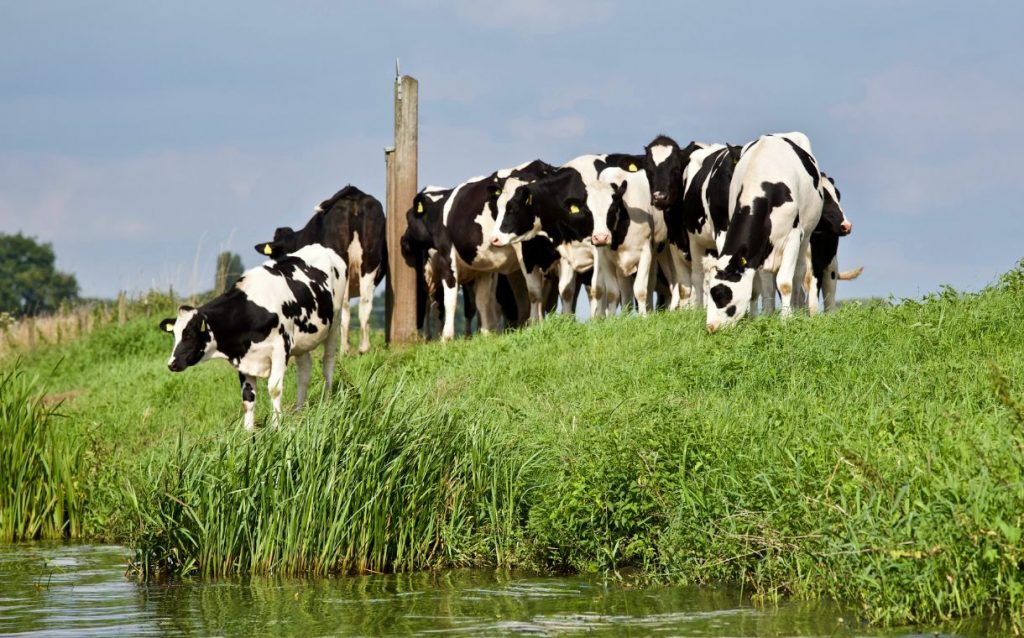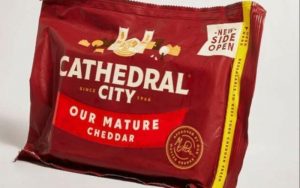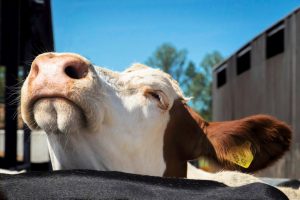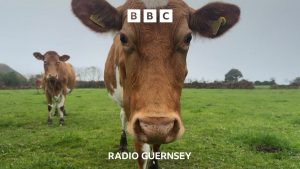
Meanwhile, Guernsey Dairy’s wholesale milk price will rise by 12.6% from 12 March, the government announced on Thursday. The increase will help reduce the “operating deficit” at the milk processor and offset the rise in costs farmers have faced.
The wholesale price represents what the business charges its milk distributors, and the last time it was changed was in January 2022. Despite the wholesale price increase, Guernsey Dairy expects to make a trading loss in 2023, as it continues to battle inflationary cost increases in raw materials, packaging, consumables and energy since Brexit and Russia’s invasion of Ukraine.
Stuart Falla, who chairs the Guernsey Dairy management board, said milk price rises that have occurred in recent years reflect a reduction in the financial support that the States of Guernsey provides to farmers.
He commented: “In the past, the States provided far more by way of direct financial support for the local dairy industry. That was in recognition of the important role that farmers play, in managing the countryside and maintaining the Guernsey herd, which we all benefit from, whether we buy milk or not.”
Falla continued: “The result is farmers are having to rely more on income from their milk, and that is being passed on to consumers through the retail price, which we have seen increase significantly in recent years”.
As part of the increase Guernsey Dairy is implementing, farmers will see a 10% rise in the price they are paid for their milk, to reflect increased production costs in 2021 and 2022.
“The States need to urgently decide whether or not maintaining Guernsey’s countryside through the continuation of dairy farming in Guernsey is a prize worth paying for directly from general revenue as they did in years gone by,” Falla added.
In the UK, a majority of the March price cuts were in excess of 2 pence per litre, ranging from 0.5 pence per litre to 7 pence per litre, according to AHDB.
Crediton Dairies, Freshways, Grahams, Müller and Paynes Dairies have announced price reductions which sit mostly in the 3 to 4 pence per litre range.
At the beginning of the year, Jersey Dairy stated that its wholesale price would increase by 15 pence per litre, as it looked to address “significant increases in farm costs over the last year”. The dairy producer also cited the war in Ukraine, Brexit and Chinese Covid-19 lockdowns as sources of supply chain issues, market volatility and increased costs at Jersey Dairy and on Jersey dairy farms.
Phil Le Maistre, dairy farmer and chairman of the Jersey Milk marketing board, commented: “We fully understand the challenging times that all our customers are currently experiencing with the rising cost of living. However, it is essential that Jersey Dairy implements this price increase now if we want our dairy farms to have a sustainable commercial future.”
According to the AHDB report, Irish co-ops have cut prices by 5 to 6 euro cents and Dutch co-op Friesland Campina’s cuts total 12 euro cents per litre since the beginning of the year.
Cheese manufacturers listed on the AHDB league table, including Lactalis – Caledonian Cheese, Wensleydale Creamery and Saputo Dairy UK, have also announced cuts for March. The cuts were larger than those on ‘liquid’ products and ranged from 3 pence per litre to 7 pence per litre.
Belton Cheese and South Caernarfon Creameries reduced their March price by 3 pence per litre. Parkham Farms previously announced a 7 pence per litre reduction to take effect in March, while Wyke has made cuts of 5.19 pence per litre.
Many factors have contributed to wholesale prices decreasing over the last year and it seems that the dairy industry is now bearing the brunt of it.

























